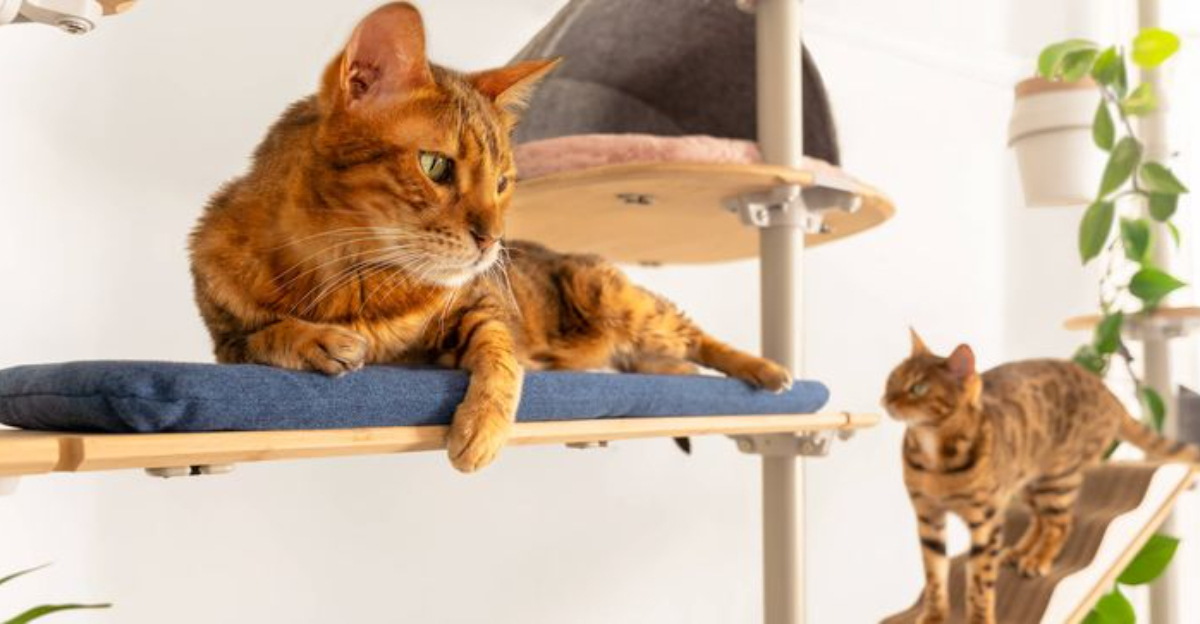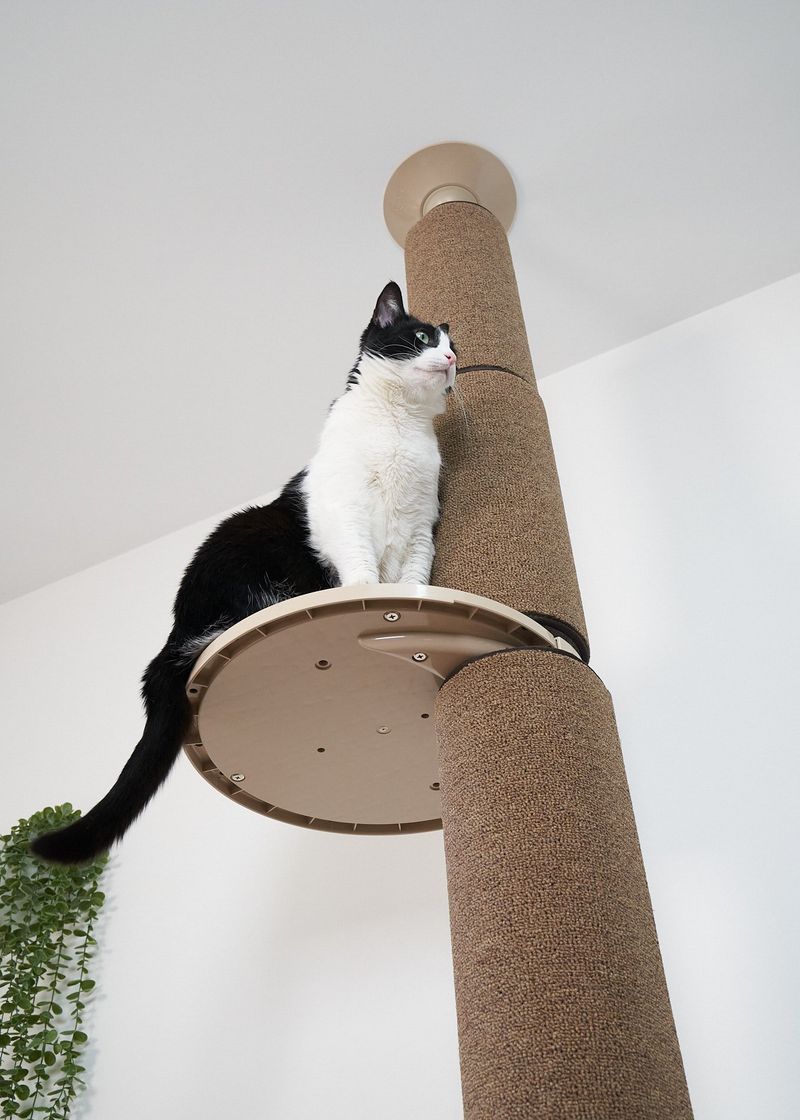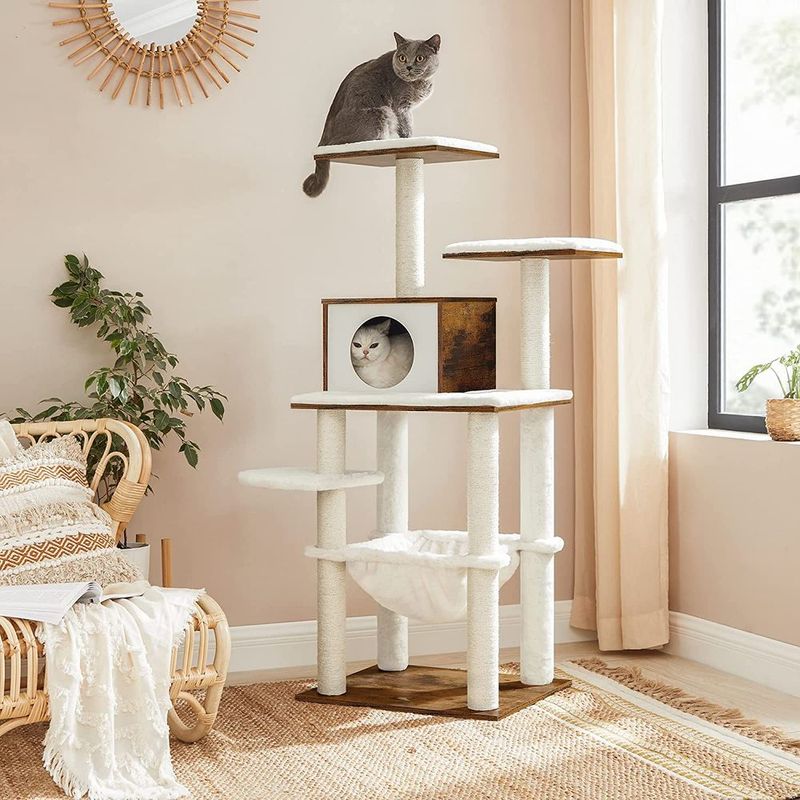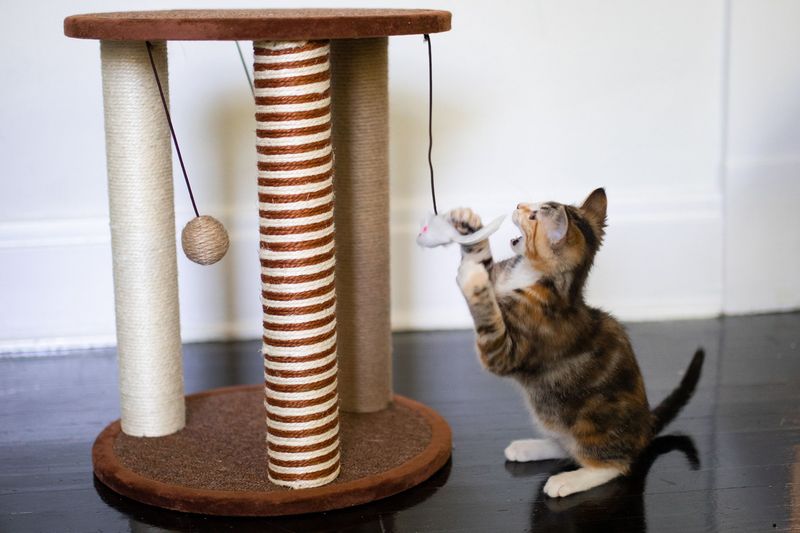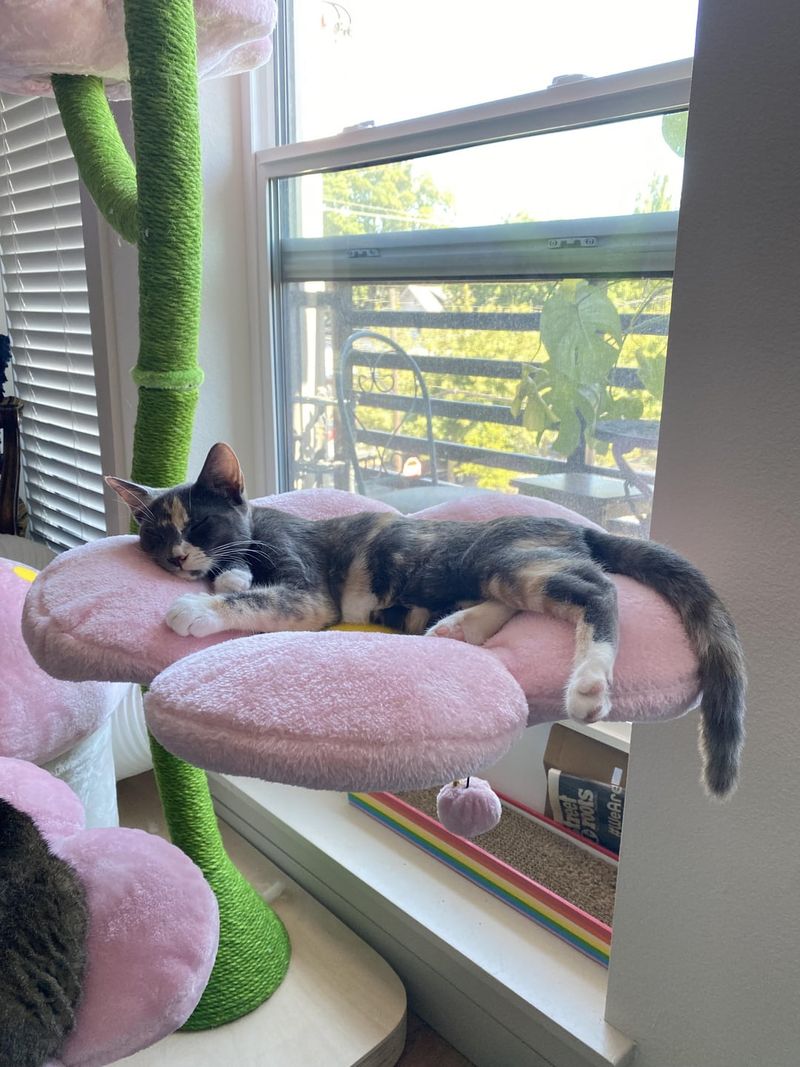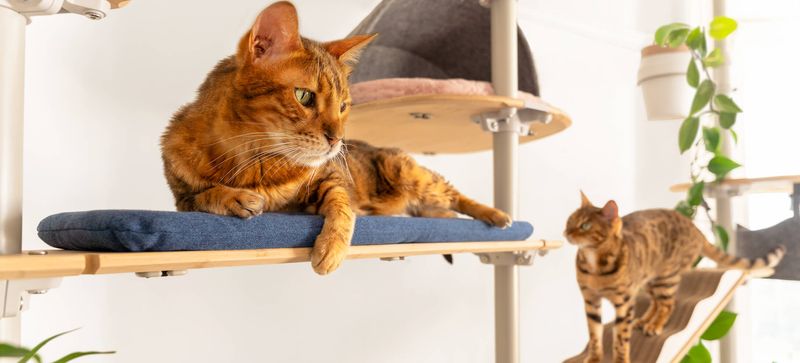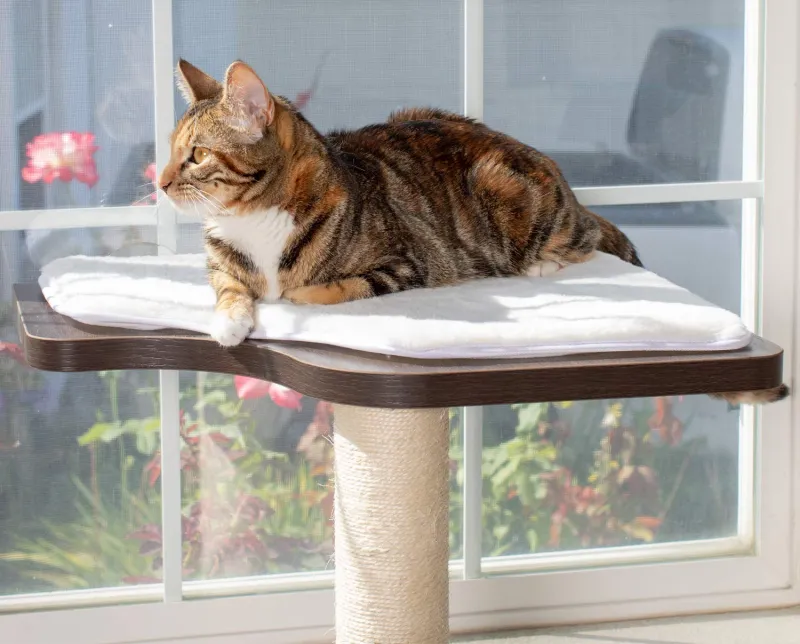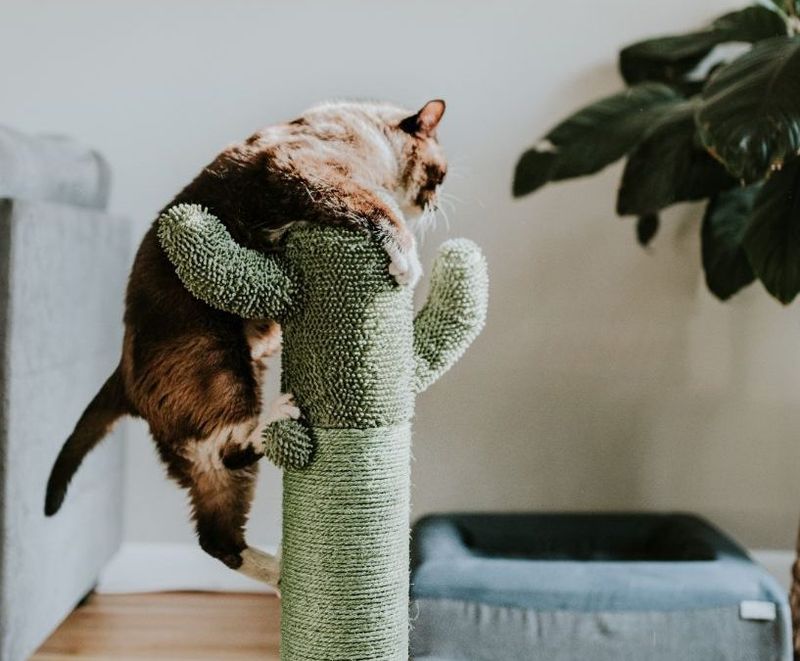📖 Table of Content:
- 1. Natural Exercise Opportunities
- 2. Stress Reduction Through Vertical Space
- 3. Scratching Posts Protect Your Furniture
- 4. Private Napping Spots for Better Rest
- 5. Mental Stimulation Prevents Boredom
- 6. Territory Establishment in Multi-Cat Homes
- 7. Window Views Satisfy Hunting Instincts
- 8. Aging Cats Benefit from Accessible Design
A cat tree may look like just another pet accessory, but it plays a vital role in a cat’s daily life. These structures offer elevation, security, and stimulation—all key elements for a happy and balanced feline. Providing a space that mimics the vertical freedom of the wild helps reduce boredom and anxiety.
Beyond entertainment, cat trees support important instincts like climbing, scratching, and observing territory from above. These behaviors aren’t just preferences—they’re hardwired needs that, if unmet, can lead to stress or destructive habits. A well-placed cat tree becomes a healthy outlet for these natural drives.
In a shared living environment, cats benefit from having spaces that are truly their own. A cat tree offers ownership, comfort, and a safe retreat when the world gets overwhelming. It’s more than a luxury—it’s a necessity for both mental and physical feline health.
1. Natural Exercise Opportunities
Cats need regular physical activity to stay fit and maintain a healthy weight. A cat tree encourages jumping, climbing, and balancing – all activities that keep muscles strong and joints flexible. Without proper exercise, indoor cats can become overweight and develop health problems like diabetes or heart disease.
The different levels of a cat tree create a natural gym where your cat can stretch, leap, and play. Even older cats benefit from the gentle exercise a cat tree provides, helping them stay mobile longer as they age.
2. Stress Reduction Through Vertical Space
High vantage points give cats a sense of safety and control over their environment. Elevated spaces help reduce stress by allowing them to monitor activity from a secure distance. In homes with multiple pets, this vertical territory becomes even more essential.
When cats feel stressed, they can retreat to their elevated safe zone instead of hiding under furniture or becoming aggressive. The mental comfort of having a high vantage point satisfies their natural instinct to monitor their territory, reducing stress hormones and promoting better overall health.
3. Scratching Posts Protect Your Furniture
Scratching is an essential behavior for cats – it helps them remove dead outer layers of their claws and mark territory with scent glands in their paws. Cat trees typically include several scratching posts covered in sisal rope or carpet.
By providing appropriate scratching surfaces, you’ll save your couch, chairs, and curtains from becoming shredding targets. Many cats naturally prefer vertical scratching posts that allow them to fully stretch their bodies. The rough texture of sisal is particularly satisfying to cats and encourages healthy scratching behavior.
4. Private Napping Spots for Better Rest
With cats sleeping up to 16 hours a day, having a quiet, secure place to rest is essential. Cat trees provide cozy cubbies and elevated spots that offer the privacy they crave. These restful zones support consistent sleep routines and overall well-being.
The height advantage makes them feel protected from potential threats, allowing for deeper, more restorative sleep cycles. Better sleep means improved mood and health for your cat. You’ll notice fewer midnight zoomies and erratic behavior when your cat has proper sleeping accommodations.
5. Mental Stimulation Prevents Boredom
Boredom leads to behavioral problems in cats, including excessive grooming, aggression, or destructive habits. Cat trees with toys, different textures, and varied levels provide crucial mental challenges. The changing perspectives from different heights stimulate your cat’s brain and satisfy curiosity.
Some cat trees include dangling toys, tunnels, or hammocks that further enhance the mental workout. Regular interaction with an engaging cat tree helps prevent depression in indoor cats who lack the natural stimulation of outdoor environments.
6. Territory Establishment in Multi-Cat Homes
Territory is everything to a cat, and having space of their own is essential for harmony. In multi-cat households, a tiered cat tree gives each feline a place to retreat and relax. By adding vertical layers, it expands usable territory without taking up more floor space.
This expanded territory helps prevent resource guarding and aggressive behaviors between cats. Cat trees with multiple perches allow cats to be near each other while maintaining comfortable personal boundaries – an arrangement that promotes household harmony.
7. Window Views Satisfy Hunting Instincts
Placing a cat tree near a window creates the perfect observation post for your indoor hunter. Cats are natural predators who enjoy watching birds, squirrels, and outdoor activity. This visual stimulation satisfies their hunting instincts without the risks associated with outdoor access.
The entertainment value of a window-adjacent cat tree can keep your cat engaged for hours. The combination of sunlight, fresh air through screens, and wildlife viewing provides sensory enrichment that indoor cats often miss out on.
8. Aging Cats Benefit from Accessible Design
Though senior cats may struggle with mobility, they still enjoy climbing and perching in their environment. Cat trees for older felines are crafted with gradual inclines, larger platforms, and lower elevations to support their joints. These thoughtful designs help maintain physical activity while providing a comfortable resting spot for cats suffering from arthritis or other aging conditions.
Cat trees with multiple access points allow older cats to navigate to their favorite spots without difficult jumps or climbs, extending their ability to enjoy elevated spaces throughout their golden years.
